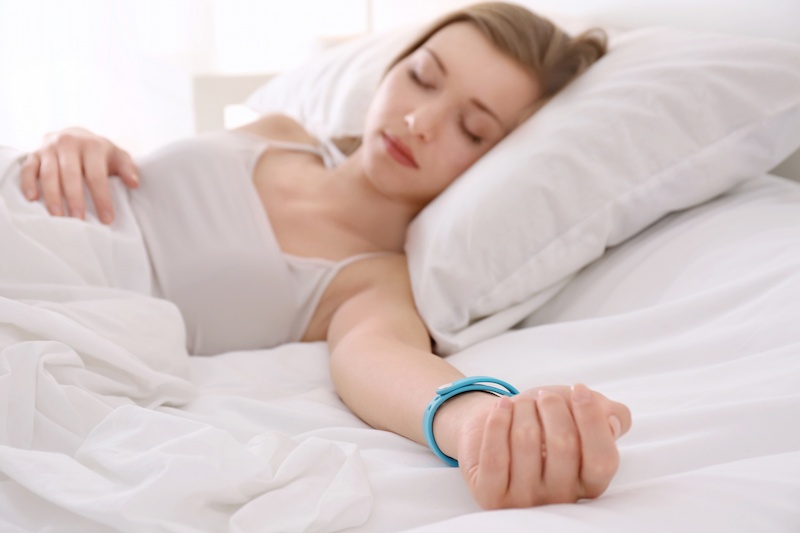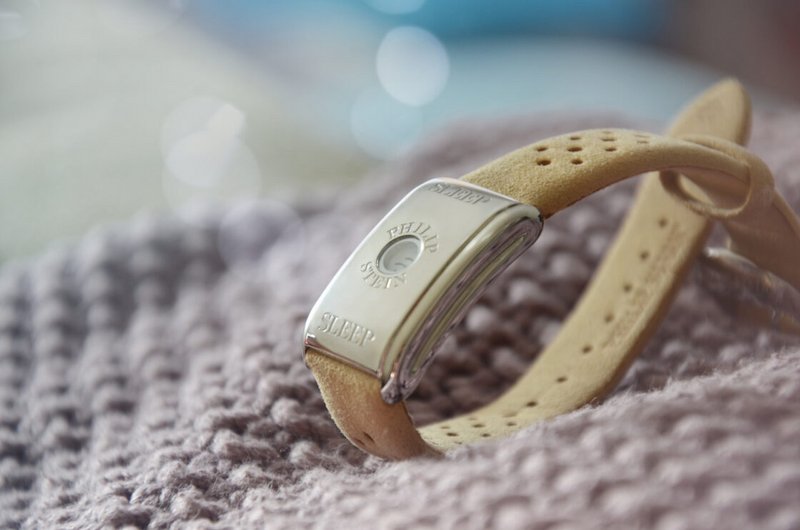Many people wear bracelets as part of their daily attire, often forgetting to remove them before bed. While it may seem harmless, wearing bracelets while sleeping can pose some potential risks. From tangling and damage to skin irritation, understanding the impact of sleeping with bracelets on is essential for maintaining both comfort and the longevity of your jewelry. This guide explores whether you can sleep with a bracelet on, potential risks, the types of bracelets best suited for nighttime wear, and tips for safe use.

Potential Risks of Sleeping with Bracelets On
Sleeping with bracelets on may seem convenient, but it can lead to several risks that could affect both your jewelry and your health. Being aware of these risks can help you make an informed decision about whether to remove your bracelets before bed.
Skin Irritation and Allergies: Many bracelets are made from materials that can cause skin irritation, especially when worn for prolonged periods. Nickel, copper, and certain metal alloys are common culprits. The friction between your bracelet and skin while you sleep can worsen these reactions, leading to rashes, redness, or itching.
Tangled Hair and Snagged Bedding: Bracelets with chains, charms, or intricate designs can easily get tangled in your hair or snag on your bedding. This not only damages your jewelry but can also cause discomfort during sleep. For those with long hair, the risk of getting tangled is even higher.
Circulation Issues: Tight bracelets or those that fit snugly can restrict blood flow, especially if your arm rests on it during sleep. This can lead to numbness, tingling, or swelling, affecting your comfort and potentially your health.
Bracelet Damage: Fragile or delicate bracelets, such as those with gemstones, beads, or fine chains, are susceptible to damage while you sleep. Tossing and turning can cause stones to come loose, chains to break, or clasps to open, resulting in lost or damaged jewelry.
Sleep Disruption: Bulky or noisy bracelets can disrupt your sleep. Bracelets with charms that jingle or materials that rub against each other can create noise, causing disturbances that affect your sleep quality.
Bracelets that You Should Remove Before Sleeping

Not all bracelets are created equal when it comes to wearing them to bed. Some types pose higher risks than others, making it advisable to remove them before you sleep.
Metal Bracelets with Sharp Edges: Bracelets made of metal with sharp edges, corners, or detailed engravings can scratch your skin, snag your bedding, or even cause minor injuries. These should be taken off before bedtime.
Charm Bracelets: Bracelets with multiple charms, beads, or dangles are more likely to tangle or get caught in fabrics. The added weight and movement make them unsuitable for sleeping.
Elastic or Stretch Bracelets: While elastic bracelets may seem comfortable, they can still cause circulation issues if they fit too tightly. Additionally, the elastic can weaken or break when stretched repeatedly during sleep.
Fragile Jewelry with Gemstones: Bracelets with gemstones, pearls, or delicate components are best removed to prevent damage. These types are easily scratched or dislodged when exposed to friction and pressure during the night.
Magnetic Bracelets: Magnetic bracelets are popular for their claimed health benefits, but wearing them to sleep can interfere with other electronic devices like pacemakers or sleep trackers. It’s best to remove them to avoid any unintended interactions.
Choosing the Right Bracelet for Nighttime Wear
If you prefer to wear a bracelet while sleeping, choosing the right type can make all the difference. Opt for bracelets that are comfortable, secure, and made of materials that are gentle on the skin.
Simple Leather or Fabric Bracelets: Soft leather or fabric bracelets are ideal for nighttime wear. They are gentle on the skin, unlikely to snag, and provide a lightweight feel that won’t disrupt your sleep.
Silicone or Rubber Bracelets: These bracelets are flexible, waterproof, and hypoallergenic, making them perfect for wear during sleep. They do not tangle or catch on bedding and are comfortable against the skin.
Bead-Free Cuffs: Cuff bracelets without beads, charms, or additional embellishments offer a sleek and smooth design that minimizes the risk of snagging. Look for cuffs with rounded edges and secure clasps to keep them in place.
Medical Alert Bracelets: If you need to wear a medical alert bracelet, choose one with a comfortable band made of silicone or leather. Ensure that it fits snugly without being too tight to avoid circulation issues.
Sleep-Specific Bracelets: Some bracelets are specifically designed for sleep, often marketed as sleep aids with embedded materials like copper, magnetic components, or soothing scents. These are usually made with comfort in mind, offering a gentle, restful experience.
Conclusion
While sleeping with a bracelet on can seem convenient, it’s important to consider the potential risks, such as skin irritation, damage to your jewelry, and sleep disruption. Choosing the right type of bracelet—one that is comfortable, smooth, and designed for nighttime wear—can reduce these risks. If you prefer to keep your bracelets on while you sleep, opt for softer materials and simpler designs that won’t interfere with your rest. Ultimately, removing your bracelets before bed is often the safest option, helping you protect both your jewelry and your health.
FAQs
Can sleeping with bracelets improve sleep quality?
Sleeping with bracelets generally does not improve sleep quality unless the bracelet is specifically designed as a sleep aid. Some bracelets with embedded magnets or calming elements may claim to help with sleep, but scientific evidence supporting these benefits is limited. Always prioritize comfort when choosing jewelry for nighttime wear.
Do sleep bracelets really work?
Sleep bracelets, such as those infused with calming scents or containing magnetic elements, may provide some relaxation benefits for certain users. However, the effectiveness of these bracelets varies widely, and they are not a substitute for proven sleep practices like maintaining a bedtime routine or sleeping in a comfortable environment. Personal experience and placebo effects often play a role in their perceived effectiveness.
Can you wear bracelets all the time?
Yes, you can wear bracelets all the time, but it’s important to consider the material and fit. Bracelets made of hypoallergenic materials like silicone, leather, or fabric are better suited for continuous wear. However, it’s advisable to remove metal, charm, or elastic bracelets during activities like sleeping, exercising, or showering to prevent irritation, damage, or discomfort. Regular cleaning and inspection can help maintain both your skin health and the condition of your jewelry.


